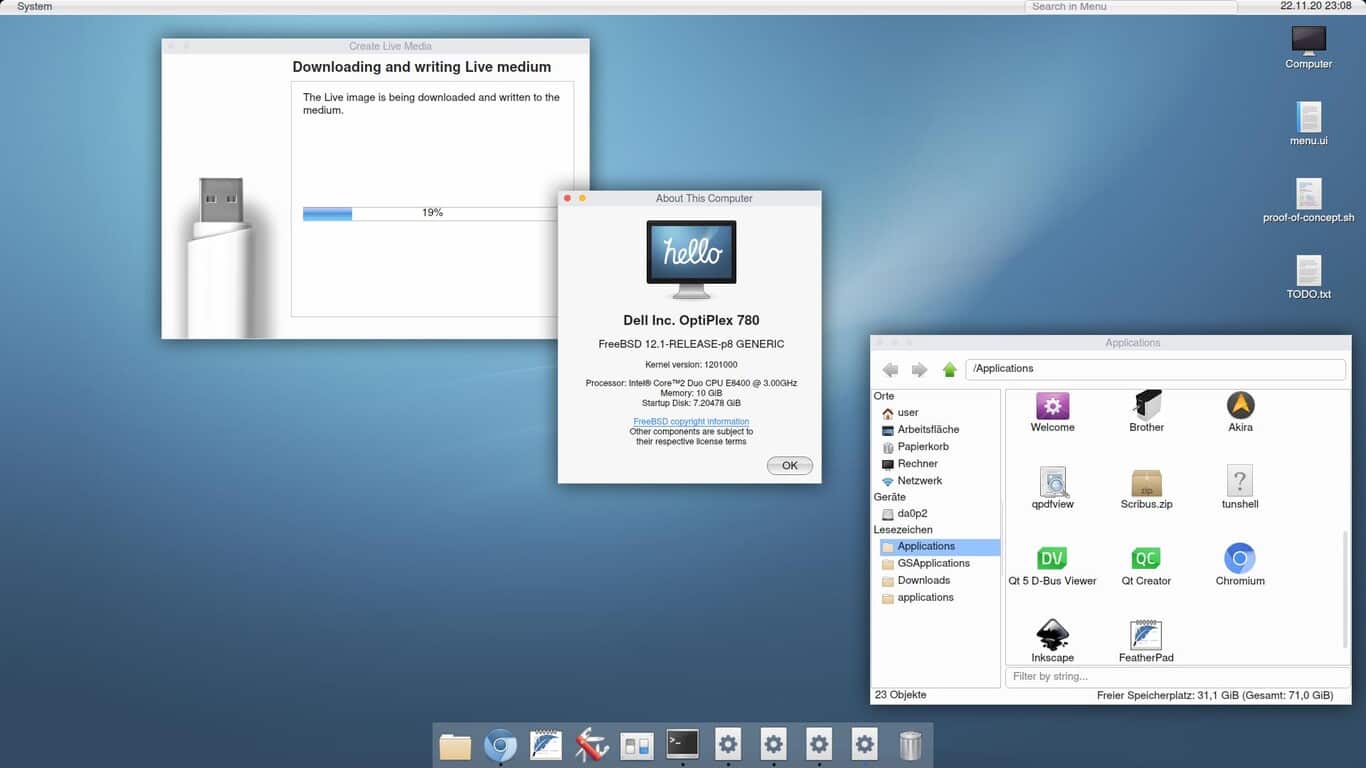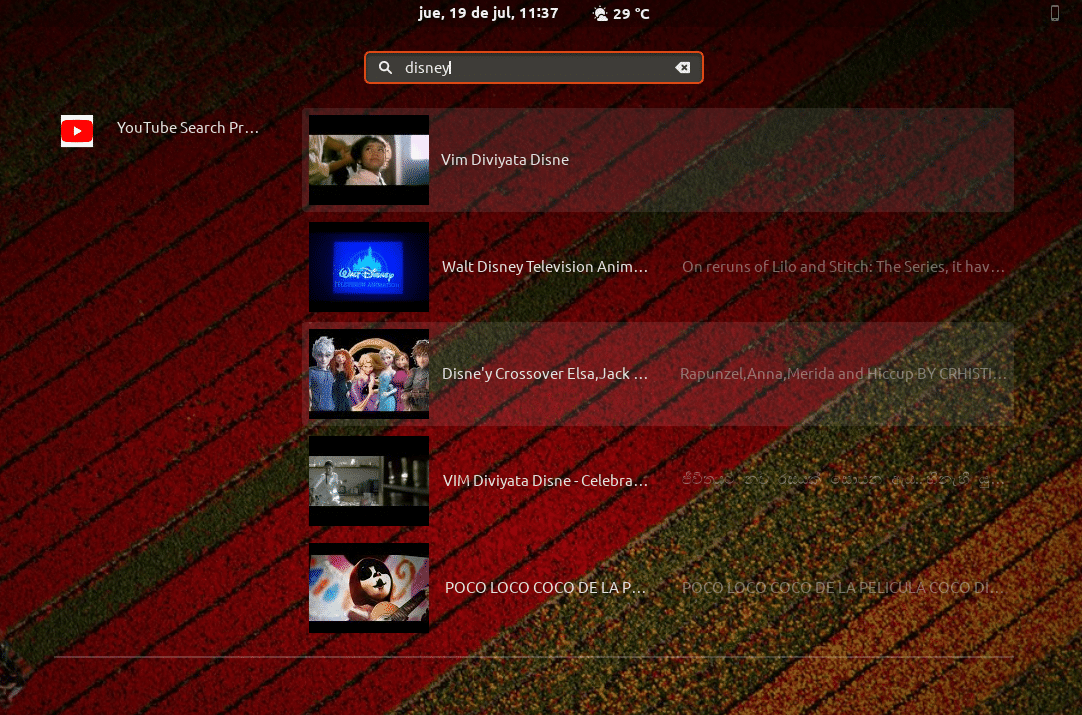

NOTE: The 13.0 installer implements GELI if you choose the “encryption” option in the guided ZFS section of the installer. For a system using ZFS that means that each GELI-encrypted disk in a pool has to be decrypted before the pool can be imported, which adds to the complexity of systems with many disks.Worse, ZFS is not aware that it is operating on top of encrypted devices. At boot time, each GELI-protected disk has to be decrypted before system boot can continue and the overlying filesystem can be mounted. GELI disk encryption: think of this as a filesystem-agnostic “all or nothing” encryption mechanism which protects physical block devices (disks) below the filesystem layer. Let’s look at that distinction more closely: To over-simplify, GELI encrypts disks while OpenZFS encrypts datasets. It then provides examples for creating and managing encrypted datasets.įrom an end-user implementation perspective, the biggest difference between GELI and OpenZFS native encryption is what gets encrypted. This article begins by summarizing the user-facing differences between FreeBSD GELI disk encryption and OpenZFS native encryption, covering their benefits and limitations.
OPENZFS UBUNTU HOW TO
If you’ve used FreeBSD’s GELI encryption in the past, you may have questions regarding the differences between the two encryption schemes, whether you should switch to OpenZFS native encryption, and how to implement it in your environment. Limits must be set in bytes and not in GB/MB or any other unit Step 1 – Create a new zfs.conf fileĬreate a new file called zfs.conf as follows using a text editor such as vim command or nano command.Beginning with version 13.0, FreeBSD supports the long-anticipated OpenZFS native encryption feature. Hence, I am setting limits as follows, but your mileage may vary. My main goal for using ZFS is faster snapshots, cloning, and backups for LXD and other VMs. Let us set Max ARC size to 2GB and Min size to 1GB in bytes. I am using an Ubuntu server, but instructions should work with any Linux distro as long as ZFS installed and configured. How to set up ZFS arc size on Ubuntu or Debian Linux Enough chit-chat let’s get our hands dirty. In this example, my Ubuntu server runs VMs and Docker with just 16Gb RAM, and there is no space for L2ARC yet. For MySQL/MariaDB/PostgreSQL, I set up a small ARC and tune database caching along with Redis or Memcached. For file servers such as CIFS/NFS, we can set up a large ARC with L2ARC to speed up the operation. That is your job as a Linux system administrator or developer.

First, you need to find out your Linux server role and then set up ARC and L2ARC. There is no easy formula for everyone to get the correct ARC size. How to tune ARC on Ubuntu/Debian or any Linux distros
OPENZFS UBUNTU FREE
ZFS will try to use as much as a free ram to speed up server operations. In other words, ARC is nothing, but it contains cached data such as filesystem data and metadata. It is a modern algorithm for caching data in DRAM. ARC is an acronym for Adaptive Replacement Cache. ZFS is an advanced file system initially created by Sun Microsystems. It will not work with FreeBSD, FreeNAS, or other operating systems where ZFS is supported. WARNING: Instructions presented below only works with Linux distribution.


 0 kommentar(er)
0 kommentar(er)
